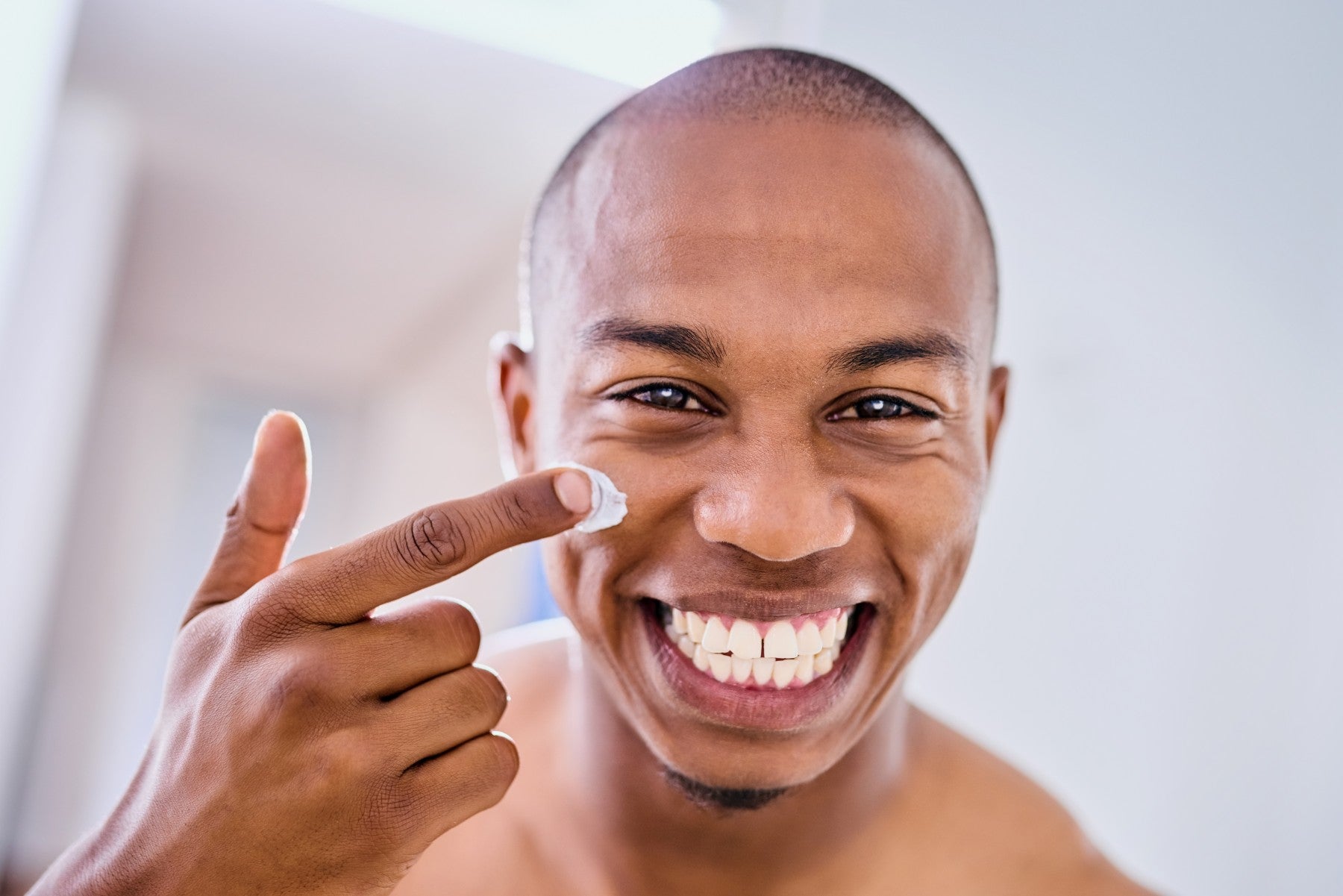
What criteria must be met for a cosmetic to be considered “cruelty-free”?
A: Different certification schemes exist around the world, but in general when a cosmetic is said to be “cruelty-free” it means the manufacturer has committed to 1) not conduct or commission animal testing of its finished products or ingredients after a certain date, and 2) monitor the testing practices of its ingredient suppliers to ensure they do not conduct or commission new animal testing either. Learn more at LeapingBunny.org.
Q: Where is cosmetic animal testing already banned?
A: Testing cosmetic products and their ingredients on animals was first banned in the United Kingdom in 1998, and later across all 27 countries in the European Union between 2004 and 2013. The EU has also banned the marketing of cosmetics that have been tested on animals after 2013, becoming the world’s largest market for cruelty-free cosmetics. This precedent paved the way for similar cosmetic animal testing and sales bans in Israel, India, Norway, Iceland and Switzerland. Australia, Colombia, Guatemala, New Zealand, South Korea, Taiwan, Turkey, 10 states in Brazil and 4 U.S. states have also passed laws to ban or limit cosmetic animal testing or sales.
Q: Where is cosmetic animal testing still required, and why?
A: “Cosmetic animal testing” can include testing of a finished product like a shampoo or lipstick, or the chemical ingredients in cosmetic formulation, such as dyes or preservative—or both.
- Finished product testing is almost unheard of outside of China and a small handful of developing countries, and longstanding Chinese requirements for animal testing of imported regular cosmetics are expected to be lifted as of May 2021, subject to conditions.
- Ingredient testing is performed by or on behalf of specialty chemical companies who supply cosmetic manufacturers and other industries. This type of testing is driven mainly by chemical laws—such as the European “Registration, Evaluation and Authorization of Chemicals (REACH)” regulation and similar measures in other parts of the world—which require numerous different animal-poisoning tests to assess a chemical’s hazards. These new chemical laws are now the major threat to cruelty-free cosmetics, because even ingredients with long histories of safe use are the subject of new animal testing demands by chemical authorities.
Q: I thought Europe had banned cosmetic animal testing—what happened?
A: Disappointingly, the European Union’s precedent-setting bans are being circumvented from within by the European Chemicals Agency, with backing from the European Commission, which is demanding new animal testing of substances used exclusively as cosmetic ingredients. This is made possible by a legal loophole that separates protection of consumers, factory workers and the environment across two different laws, one of which bans animal testing (cosmetics regulation) while the other does not (chemicals regulation). HSI is working with other animal protection organizations, companies and EU policymakers to ensure the integrity of the EU’s hard-won ban on cosmetic animal testing remains strong.
Q: Is the UK’s cosmetics animal testing ban also under threat?
A: The UK government stated in December 2018 that it plans to maintain its longstanding restriction on the marketing of imported cosmetics that rely on animal testing safety data.
Q: What’s the latest on China’s animal testing policy?
A: In 2021, China made significant changes to its cosmetic regulations which could eliminate a large amount of animal testing. Beginning in May, requirements for animal testing of thousands of imported “regular” cosmetics could be waived if companies are able to provide satisfactory evidence of their safety according to Chinese requirements. This builds on a 2014 waiver of animal testing requirements for regular cosmetics that were manufactured in mainland China.
“Special” cosmetics, such as anti-perspirants, sunscreens and baby products, are still subject to more rigorous information requirements, and cosmetic ingredients new to China could also be required to undergo new animal testing if authorities are not satisfied with the standard of safety information provided.
Q: What are the alternatives to animal testing?
A: There are already thousands of products on the market that are made using ingredients with a long history of safe use and do not require additional tests. Companies can ensure safety by choosing to create products using those ingredients. Companies also have the option of using existing non-animal tests or investing in and developing non-animal tests for new ingredients. Nearly 50 non-animal tests are already available, with many more in development. Compared to animal tests, these modern alternatives can more closely mimic how humans respond to cosmetic ingredients and products; they are also often more efficient and cost-effective. Advanced non-animal tests represent the very latest techniques that science has to offer, replacing outdated animal tests that were developed decades ago.
Q: What is HSI doing to stop cosmetic testing on animals?
A: We—along with our local non-profit and corporate partners—are leading efforts to ban cosmetic animal testing and trade in 17 of the world’s largest and most influential beauty markets, including Brazil, Canada, Chile, Mexico, South Africa, Southeast Asia, Sri Lanka and the United States.
Our campaign seeks to ban 1) new animal testing of cosmetic products, 2) new animal testing of chemical ingredients for cosmetic purposes, 3) marketing of cosmetics containing ingredients that have been subject to new animal testing, and that rely on the results of this animal testing to demonstrate safety for cosmetic purposes.
We are also working with world-leading companies, including Unilever, L’Oréal, Procter & Gamble, Avon, Lush, and others through the Animal-Free Safety Assessment Collaboration to develop and disseminate a state-of-the-art non-animal cosmetic safety assessment curriculum to help companies and government authorities transition to modern non-animal methods.
